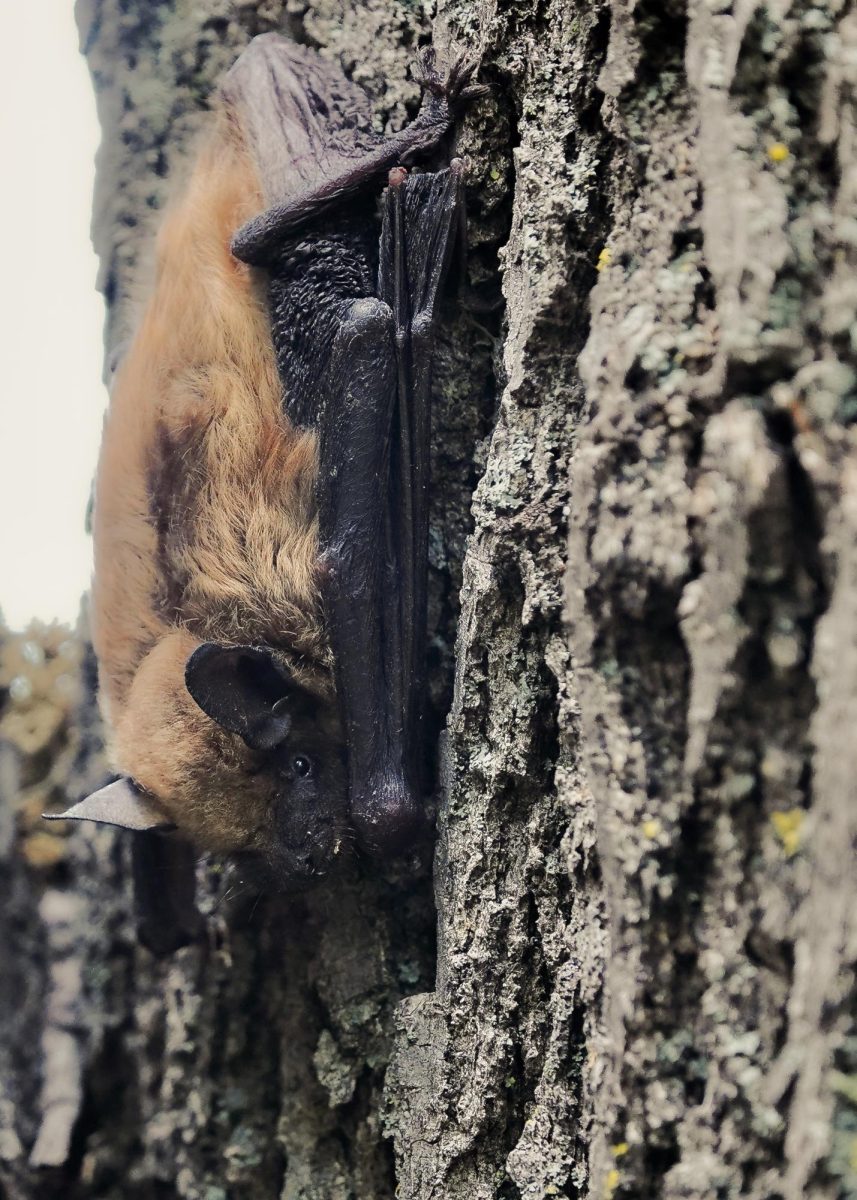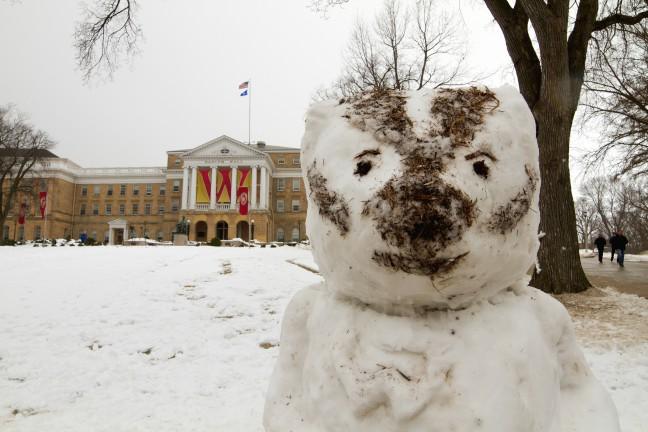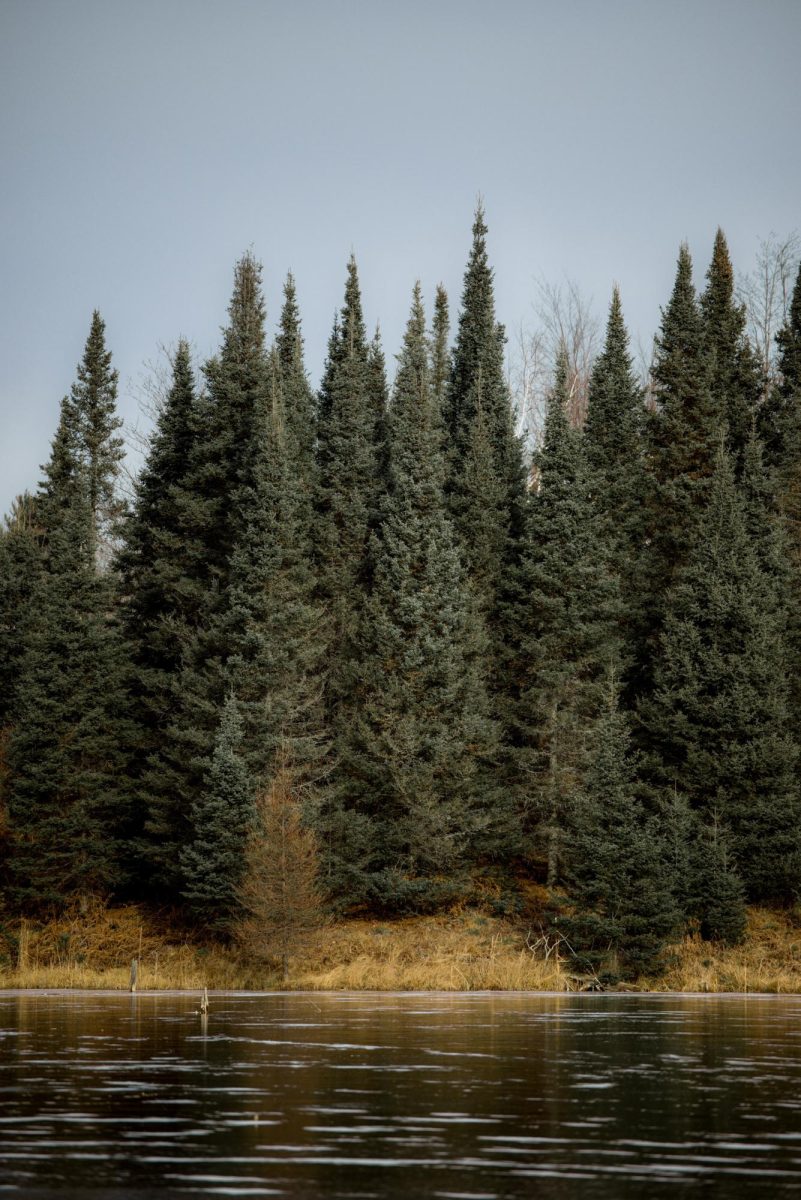As summer approaches and plants flower, pollen production is on the rise, and seasonal allergies are in full effect. One significant factor in pollen production is carbon dioxide, and the effects of climate change are a growing concern. Though CO2 can enhance photosynthesis, according to an Allergy, Asthma and Immunology Research study, climate change has led to longer growing seasons and an increase in pollen production, consequently worsening seasonal allergies.
In an email statement to The Badger Herald, University of Wisconsin atmospheric and oceanic professor Jonathan Martin explained the causes and effects of climate change.
“The most basic underlying cause of the ongoing global warming/climate change is the rapid increase in CO2 that has accrued since the dawn of the industrial age,” Martin said.
According to Martin, the level of CO2 parts per million has increased since 1945 — up from the usual 180–300 range to 425. In other words, CO2’s infrared absorbing capabilities lead to a more heated atmosphere, as the atmosphere retains the heat.
Potential reasons for the CO2 increase include an increase in water vapor in the air from heavy rain events and shorter winter seasons, Martin said.
“The average temperature in many U.S. (and worldwide locations) has increased with a sizable fraction of the increase residing in warmer overnight temperatures,” Martin said.
Along with Martin, UW School of Medicine and Public Health allergy and immunology professor Mark Moss also spoke about the significance of seasonal, or airborne, allergies. According to Moss, about 15% of the general population experiences seasonal allergies, which Moss helps treat.
One of the biggest tools UW Health uses, Moss said, is its pollen counting station. This pollen counter is important because it can provide information to and assist patients.
“It [pollen counting station] disperses a drop down the rod which spins for a minute every ten minutes … and then a technician will take the rod and count what column they see … giving us a pollen count through the week,” Moss said.
Allergies can affect everyone differently, Moss said. Some people may have very light symptoms while others have extreme ones. Moss explained the range of symptoms, stating how those with allergies may have eye itching, runny or stuffy noses, or sneezing.
Some individuals can have more severe symptoms than others, especially those with allergic asthma, Moss said.
“They may have trouble breathing, whereas the person who doesn’t will be fine and relatively asymptomatic,” Moss said.
The different seasons are related to peak allergy season, Moss said. And at different points of the year, different types of pollen accumulate.
Allergy season has three main stages. The first season focuses on tree pollen and occurs from fall to spring, Moss said. Through about the beginning of June, allergists count and study tree pollen as it is released, and as the summer begins, grass pollen is the next allergen that begins to be released. The final stage of allergy season takes place through the late summer and into fall.
“There’s ragweed pollen, which is released about the second week in August and continues through September and October until there is a hard killing frost, and that puts an end to ragweed [and other weeds that pollinate in the fall]” Moss said.
In Wisconsin, tree pollen is extremely relevant, especially Birch and Oak pollen, Moss said. Other relevant grass pollens to the Midwest include ragweed, which Moss calls the “Midwest allergen.”
When exposed to higher CO2 levels, ragweed will grow to a greater size, and so will the pollen grains, Moss said.
“This spring has really been remarkable … the beginning of the tree pollen season this year was the earliest we’ve ever seen, at the end of February,” Moss said.














